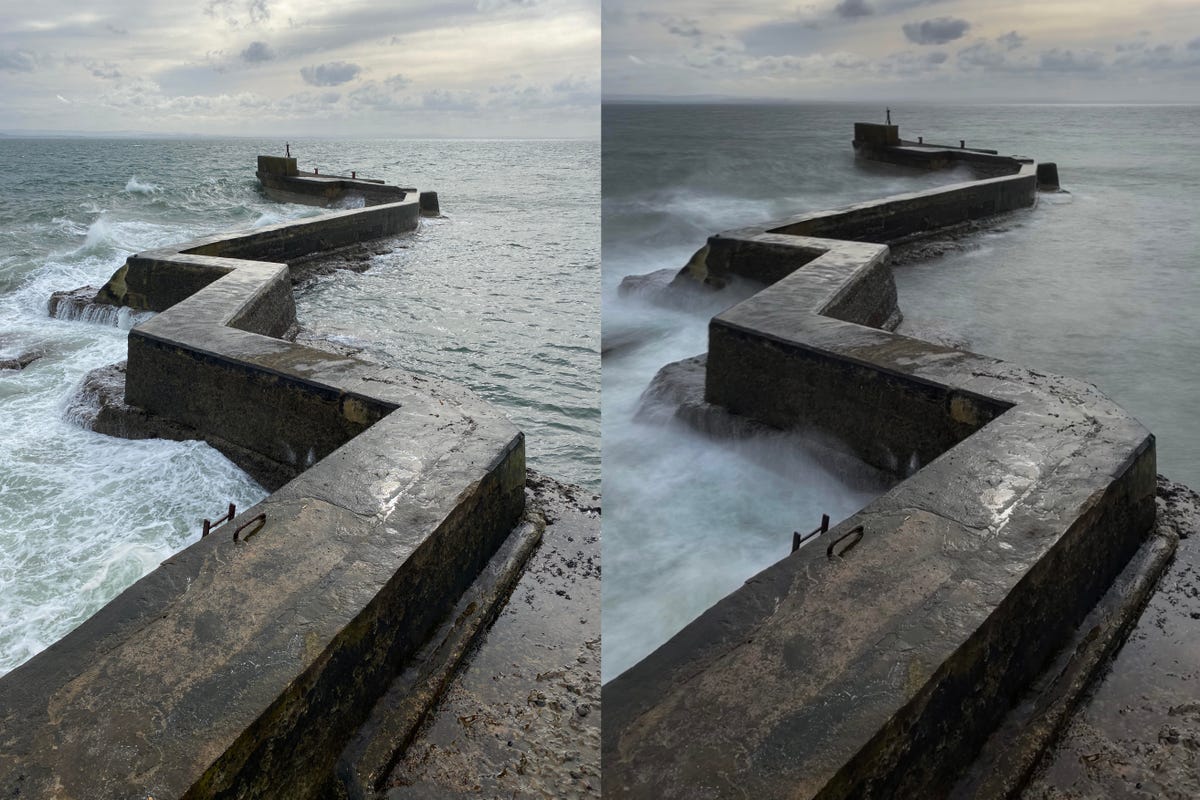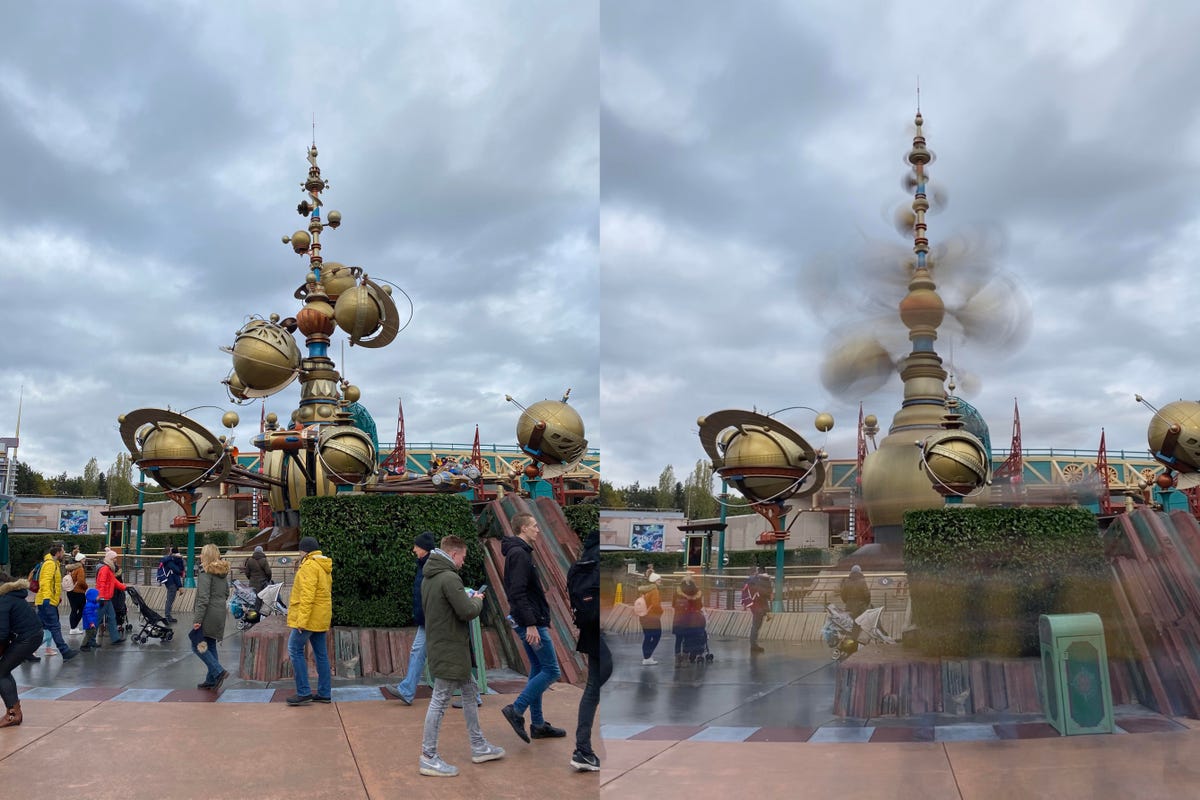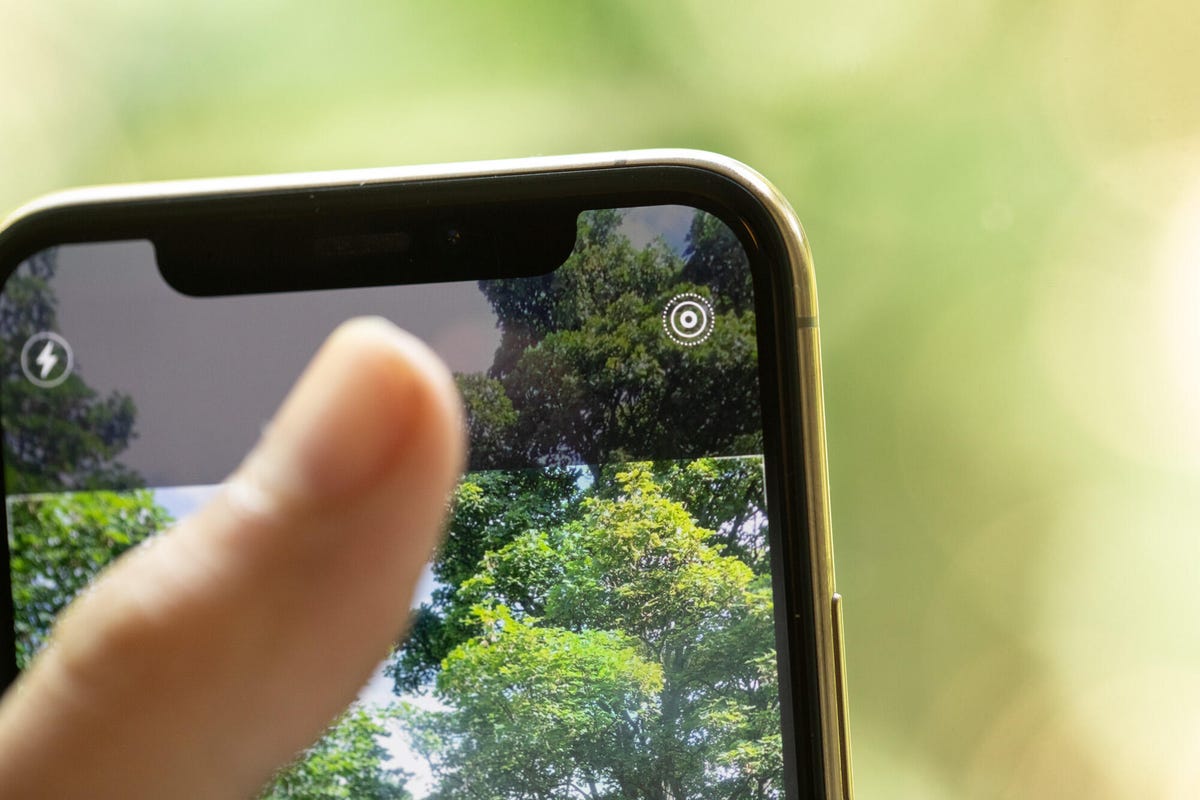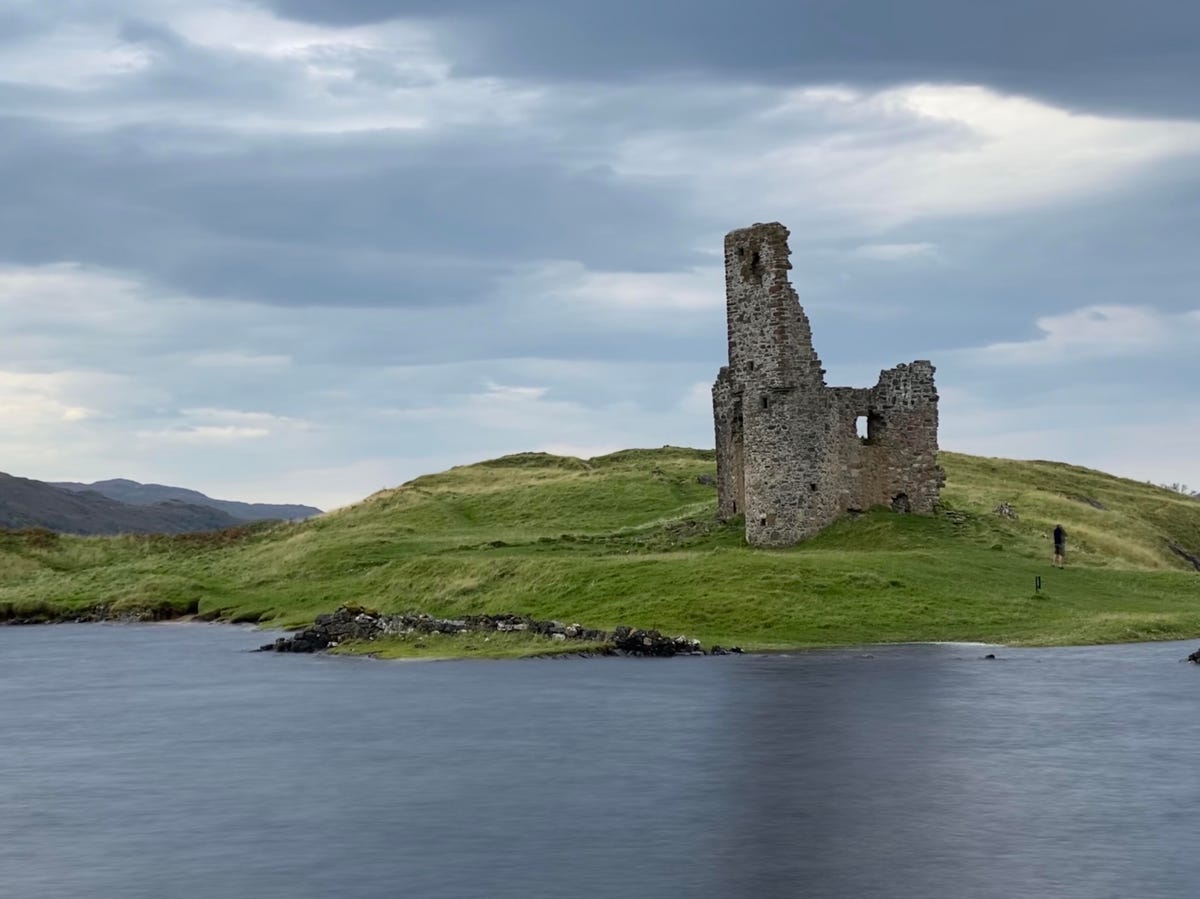If you’ve seen artistic photos of waterfalls or rivers, then you’ve undoubtedly seen long-exposure photos where the water is deliberately blurred to look smooth, while the surroundings – rocks and trees – remain sharp. . A slow shutter speed image like this is a great technique to give the impression of movement in a still image, and you used to need a DSLR with filters and a tripod to get that shutter speed for a few seconds. . But a neat feature built right into your iPhone’s camera can create these gorgeous photos with almost no effort.
You don’t even need the latest iPhone 16 Pro or Pro Max to take advantage of this feature. It works on every iPhone launched after iPhone 6.

Read more: Take your best photos ever with your iPhone
The technique uses Live Photos, a feature that turns a still image into a short animation by recording a few seconds of video when the shutter is shot. By analyzing which objects are moving, the iPhone captures the motion and blurs it. It is also able to recognize what it is not moving (a rock or a wall, for example) and tries to keep those objects sharp and in focus. This allows you to capture long exposure images even in bright midday sun without using a tripod or filter. Take that, DSLR.

A standard image taken with the iPhone 11 Pro (left) and the same image with long exposure mode enabled (right).
Here’s how you can do it.
Know what makes a good long exposure shot
Not everything works like a long exposure image. A close-up of a flower blowing in the wind will just become a blurry mess, while a photo of a static car will remain, well, static.
What you need is a scene where there are static and moving elements. Waterfalls are common subjects, as the rushing water will become cloudy while the surrounding rocks will remain solid. Any body of water, really, would be a good subject to experiment with.

The standard photo (left) looks like any old photo from a Disney park. But a long exposure (right) transforms it into an ethereal image that really shows the movement in the scene.
You can also try the busy city streets. The long exposure effect keeps buildings and streets sharp and sharp in the image, but people walking around will blur into ghostly figures, which look atmospheric and dramatic.
This weekend’s brilliant aurora borealis events are also a great opportunity for long exposure photos. Because the lights are shifting so quickly, a long exposure photo can capture reds and greens that our eyes might not even see.
Turn on Live Photos.
Taking a long exposure image requires the movement that is recorded in a Live Photo, so it’s essential to have that mode enabled when shooting. It is located in the upper right of the screen in the camera (when held in portrait orientation) or in the upper left (in landscape orientation). You will see an icon with two circles surrounded by a third circle of dots. If there is no line through it, then Live Photos is enabled. If there is a line through it, tap the icon and you will see the message “Live” appear on the screen in a small yellow box.

Make sure this icon does not have a line through it.
Keep it stable
Although the iPhone doesn’t require a tripod to get a good long exposure image, you’ll get the best results if you hold the phone as steady as possible while taking the Live image. I suggest leaning the phone against a wall or other fixed surface while shooting. If you have to hand-hold the phone, I find that tucking my elbows in towards my body and holding my breath helps reduce motion blur when taking pictures.
It’s a good idea to take a few shots as well, hammering the shutter button while holding the pose. This way you will increase your chances of capturing at least one image that is stable enough to produce an attractive long exposure.
Create long exposure
Once you’ve captured your live image, it’s time to transform it into the actual long exposure. Start by opening your image in the gallery app. In the upper left you will see a small icon that says LIVE with a small arrow pointing down. Tap the arrow and you’ll have the option to turn the image into a rotating GIF, a jumping GIF that plays forward, then backward, or, at the bottom, a long exposure.
It will take a second or two, but you’ll soon see how every movement in your photo is blurred into the dreamy effect you’re after. You can then zoom in to check if it’s still nice and sharp. Feel free to apply the same effect to other photos you took of the same scene, just in case they work better.
If you happen to still be on iOS 14 or older, open the image you’ve set to in your gallery and swipe up. This will bring up a panel called effects where you can link motion in video to GIF. However, slide down to the bottom of the effects panel and you’ll see one called Long exposure. Touch it. But you really need to update your phone to a newer version.

I didn’t intend to make this photo a long exposure when I first took it, but since it was a Live photo, I was able to go back later and activate the long exposure mode.
Take long exposure photos from existing Live images
If you don’t have images of auroras in the night sky, take a look in your library to see if you already have other images that would work for long exposure photos. The best thing about using the iPhone’s long exposure tool is that you don’t need to use it while you’re shooting. You can go back and apply it to any live image you’ve taken so far.
Maybe you visited Niagara Falls in New York or Havasu Falls in Arizona a few years ago and happened to have Live Photos enabled when taking pictures. You can swipe up and enable long exposure on any of those photos. You can also access your Live Photos album in your gallery to see all the photos you have on your phone that can be turned into long exposures. My advice? Put on a good podcast, settle into a comfy chair and see what dreamy visuals you can pull from your library.
I took over 600 photos with the iPhone 15 Pro and Pro Max. Check out my favorites
See all photos

Check this out: iPhone 16 Pro 4K 120 fps slow motion video test